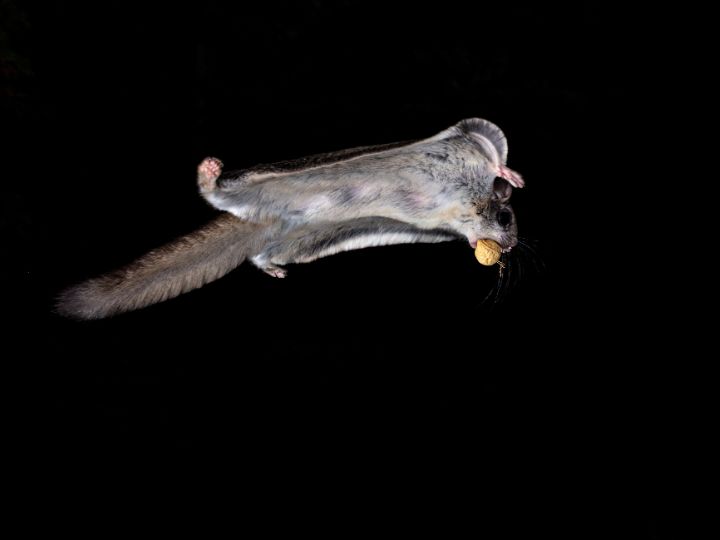The thought of falling from great heights is enough to instill fear in the hearts of many. Yet, in the animal kingdom, there exists a cadre of creatures for whom such a fall would be but a minor inconvenience. These animals are equipped with unique adaptations that allow them to survive impacts at terminal velocity—the fastest speed an object reaches during free fall. This remarkable ability sparks both curiosity and a sense of urgency to understand and protect the resilience inherent in nature. Let’s explore 15 astonishing animals that can survive a plummet from the skies, showcasing the incredible durability and adaptability of wildlife.
1. Cats
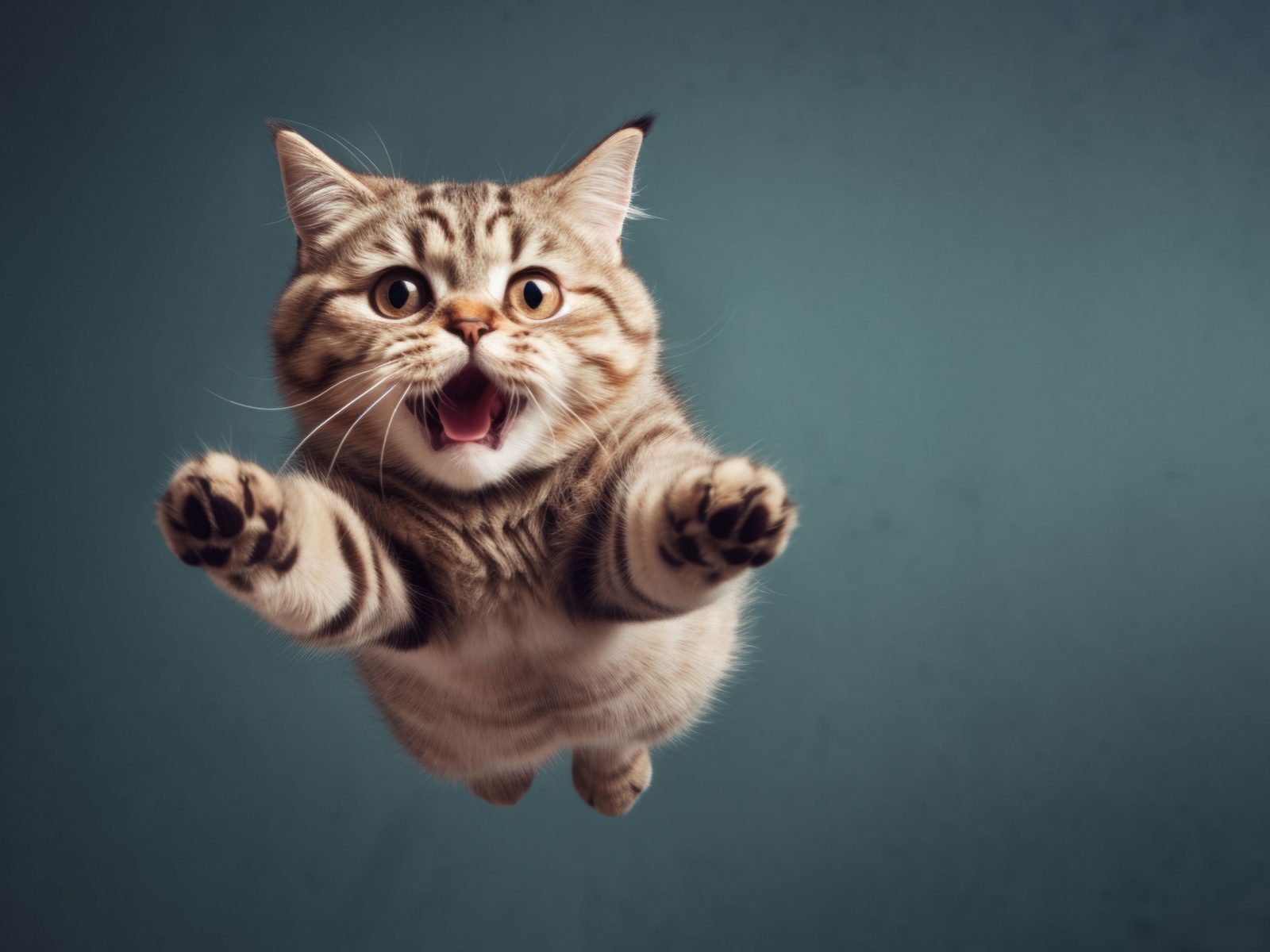
The feline’s ability to always land on its feet is not just an old wives’ tale; it’s a biological marvel. Cats possess a highly flexible spine and no functional collarbone, which allows them to twist their bodies in mid-air to land on their feet. This, combined with their low body weight and thick fur reducing terminal velocity, means they can survive falls from high places.
2. Squirrels
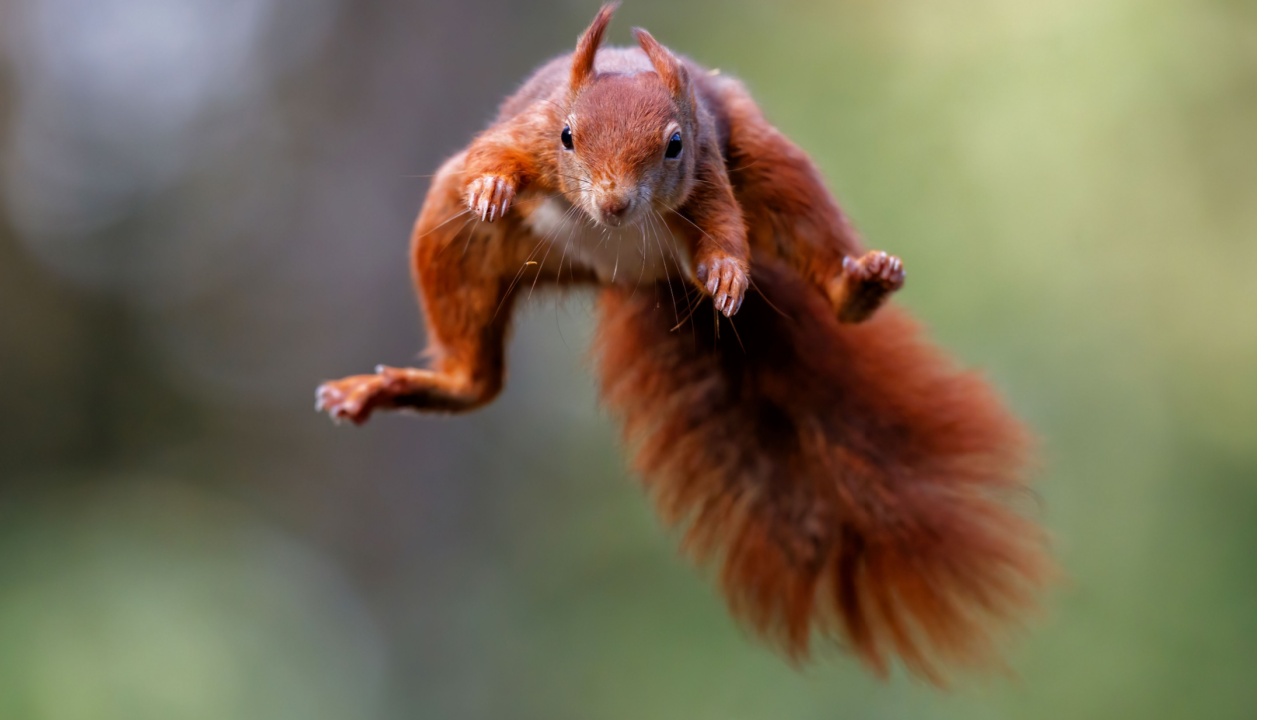
Squirrels are another creature that can survive high falls. Their lightweight bodies and the surface area provided by their bushy tails act as a parachute, significantly slowing their descent. Moreover, their strong hind limbs absorb the impact, allowing them to scamper away unharmed.
3. Ants
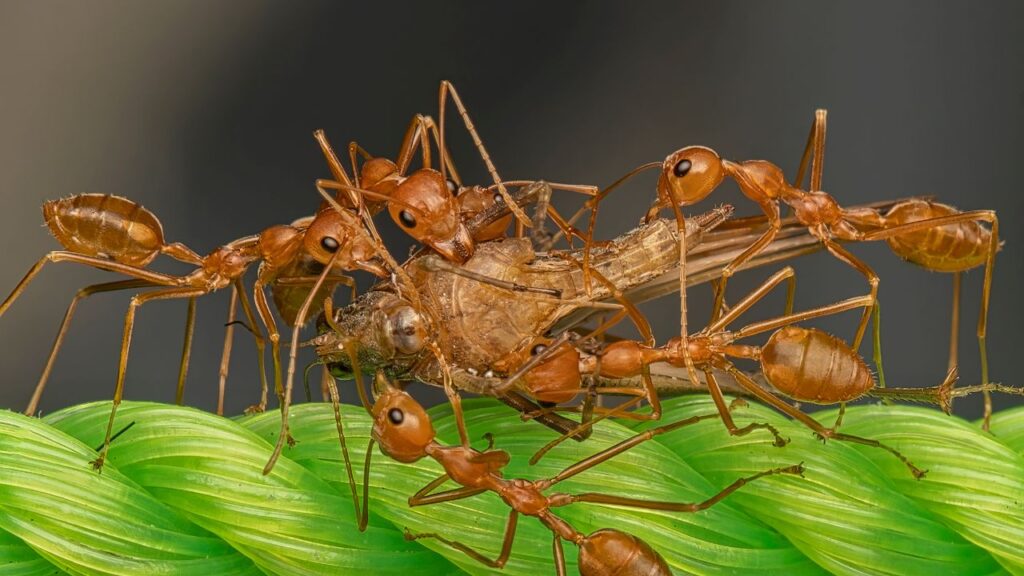
Image Credit: Canva.
Ants can survive falls from virtually any height due to their extremely low mass and strong exoskeleton. Their terminal velocity is so low that they can hit the ground without sustaining any damage, making them virtually immune to death by falling.
4. Spiders

Certain spiders, such as the Huntsman, can survive falls from great heights. Their light bodies and ability to spread their legs out to increase drag means they achieve a very low terminal velocity, ensuring a gentle landing.
5. Frogs
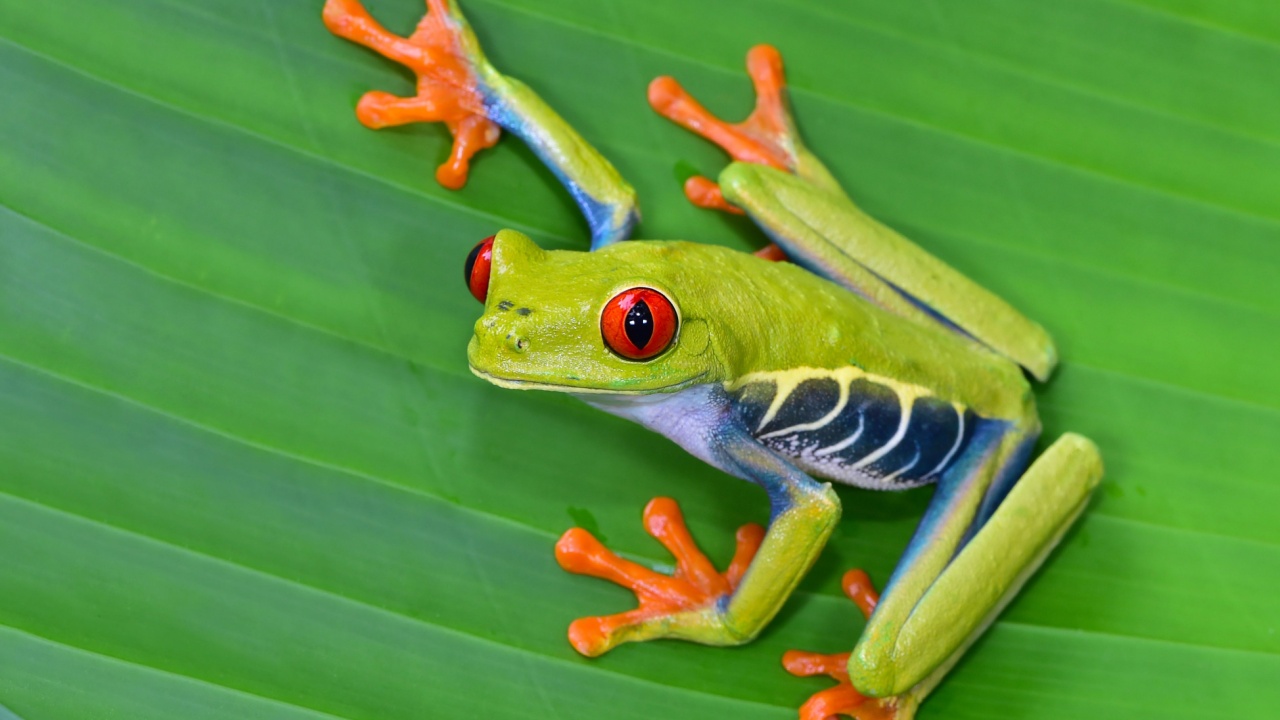
Frogs have highly elastic bodies and can survive impacts from great heights. Their ability to spread their limbs and use their webbed feet to create resistance helps reduce their speed during a fall, allowing for a survivable landing.
6. Rats
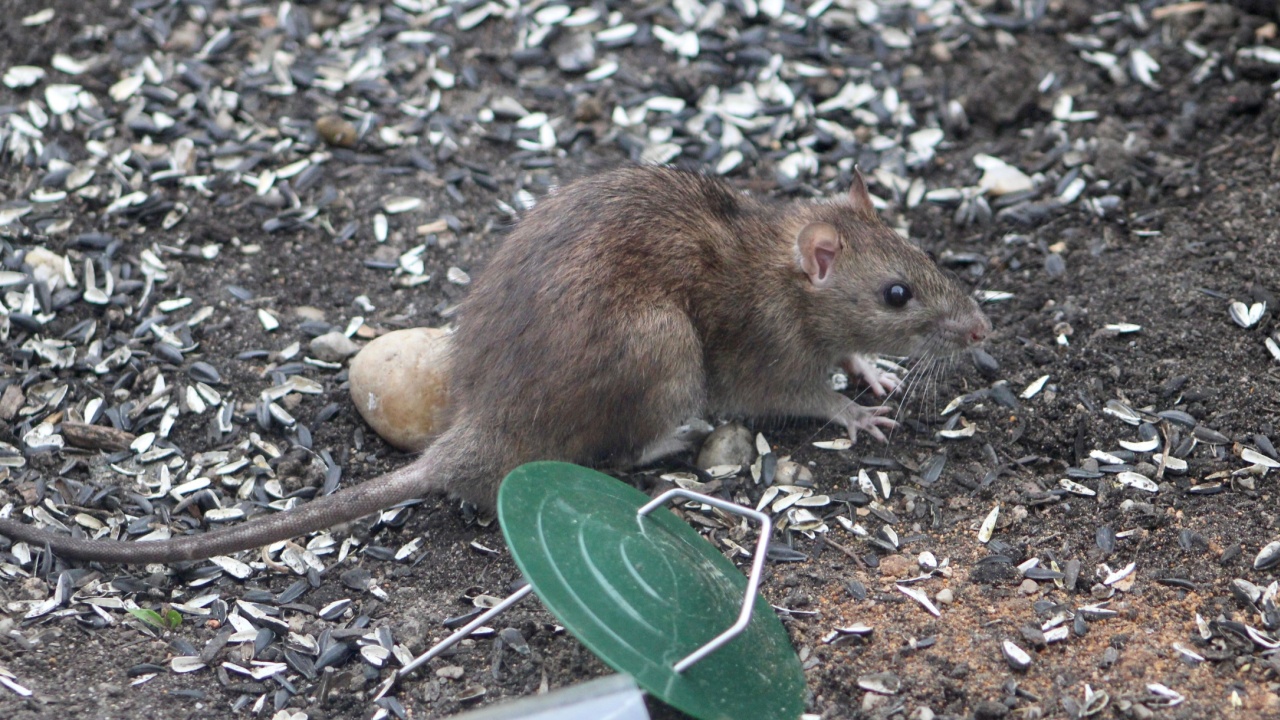
Rats have a remarkable ability to survive falls from high places. Their long tails help balance and steer their body mid-air, while their small size and relatively large surface area decrease their terminal velocity, making high falls survivable.
7. Chickens
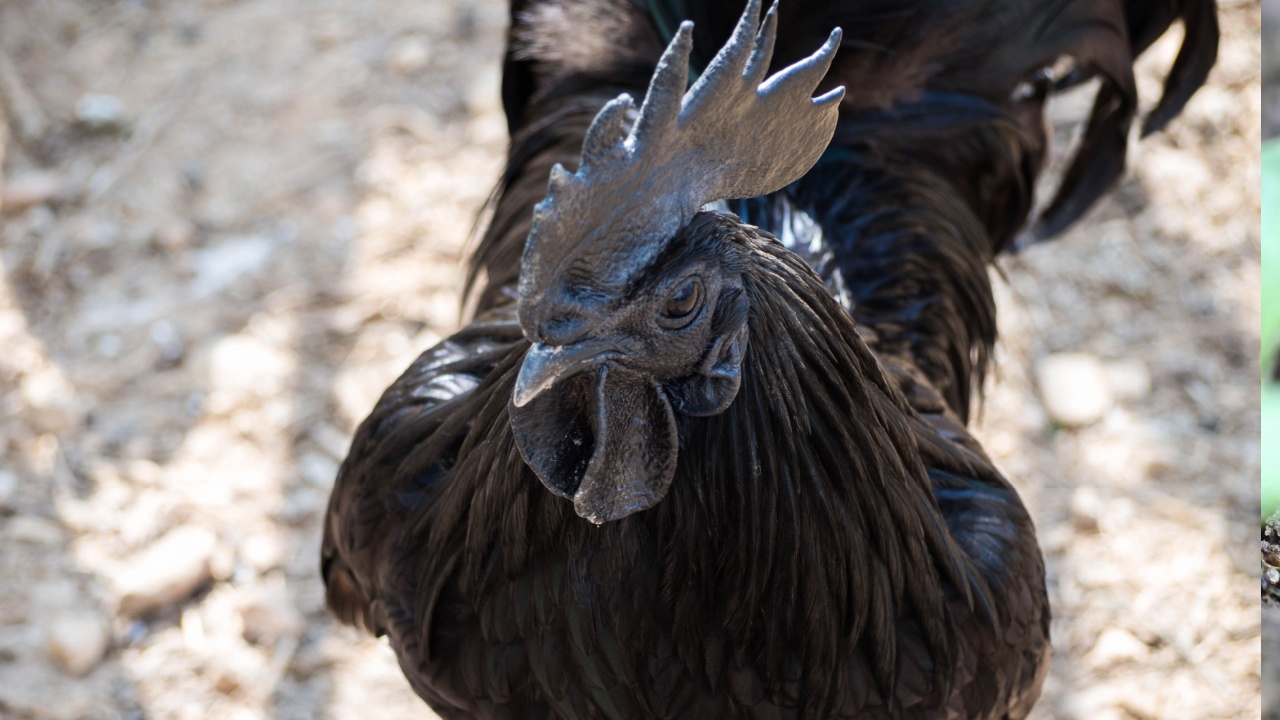
Chickens might not fly well, but they can survive high falls. Their wings, although not capable of sustained flight, can be flapped to slow their descent, and their lightweight, buoyant bodies help ensure a softer landing.
8. Tarantulas
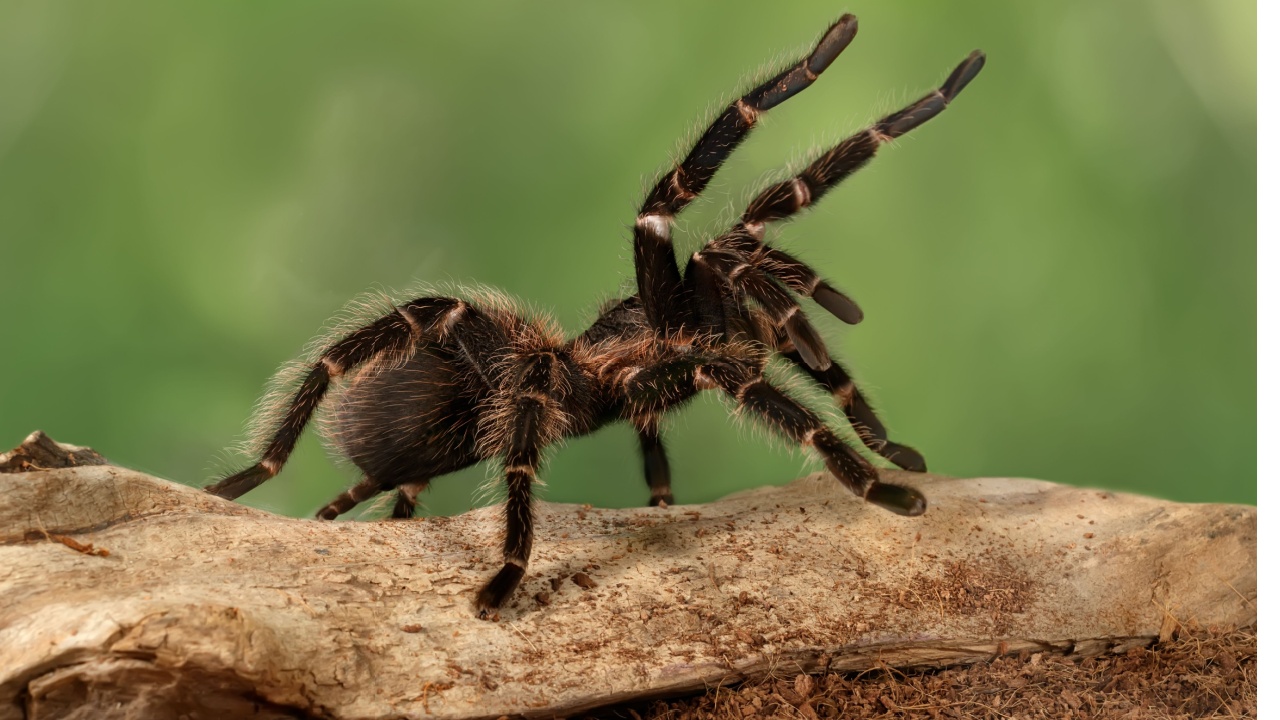
Despite their heavy build, tarantulas can survive significant drops. Their sturdy exoskeletons absorb the shock of impact, and their ability to sprawl their legs out reduces the speed at which they fall.
9. Bumblebees

The bumblebee’s ability to fly is a marvel of nature, but it’s their survival from falls that’s truly impressive. Their small mass and the air resistance created by their wings mean that they rarely reach a speed that could be fatal upon impact.
10. Mice
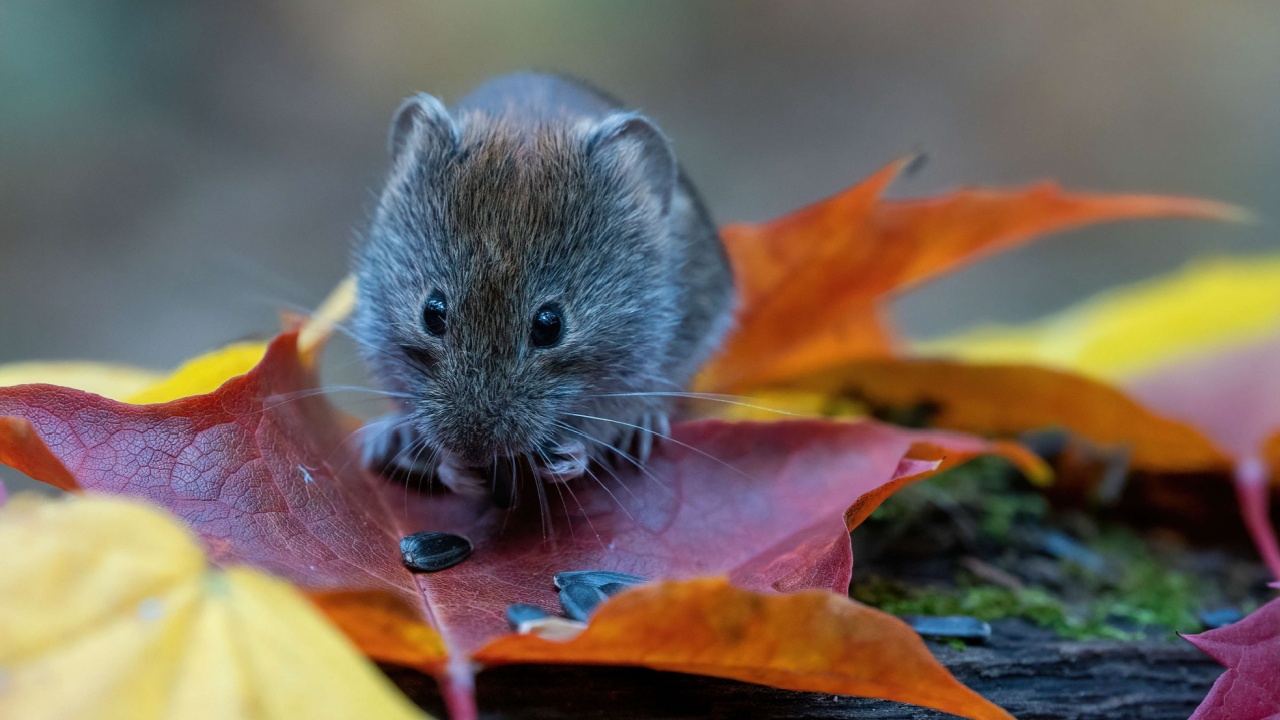
Mice, like their rat cousins, possess a high surface area to volume ratio that ensures a low terminal velocity. This, combined with their ability to adjust their body position in mid-air, allows them to survive falls from significant heights.
11. Geckos

Geckos can survive falls by using their tails for aerial righting and their padded toes to cling to surfaces, decreasing the impact. Their small size and agile bodies also contribute to a lower terminal velocity.
12. Ducks

Ducks, being birds, naturally have a high survival rate from falls. Their ability to glide and adjust their body to decrease speed, along with their lightweight structure, ensures they can land safely.
13. Slugs

Slugs have such a low mass and a soft, malleable body that falling doesn’t pose a significant risk. Their terminal velocity is insufficient to cause damage on impact, allowing them to survive drops from any height.
14. Butterflies
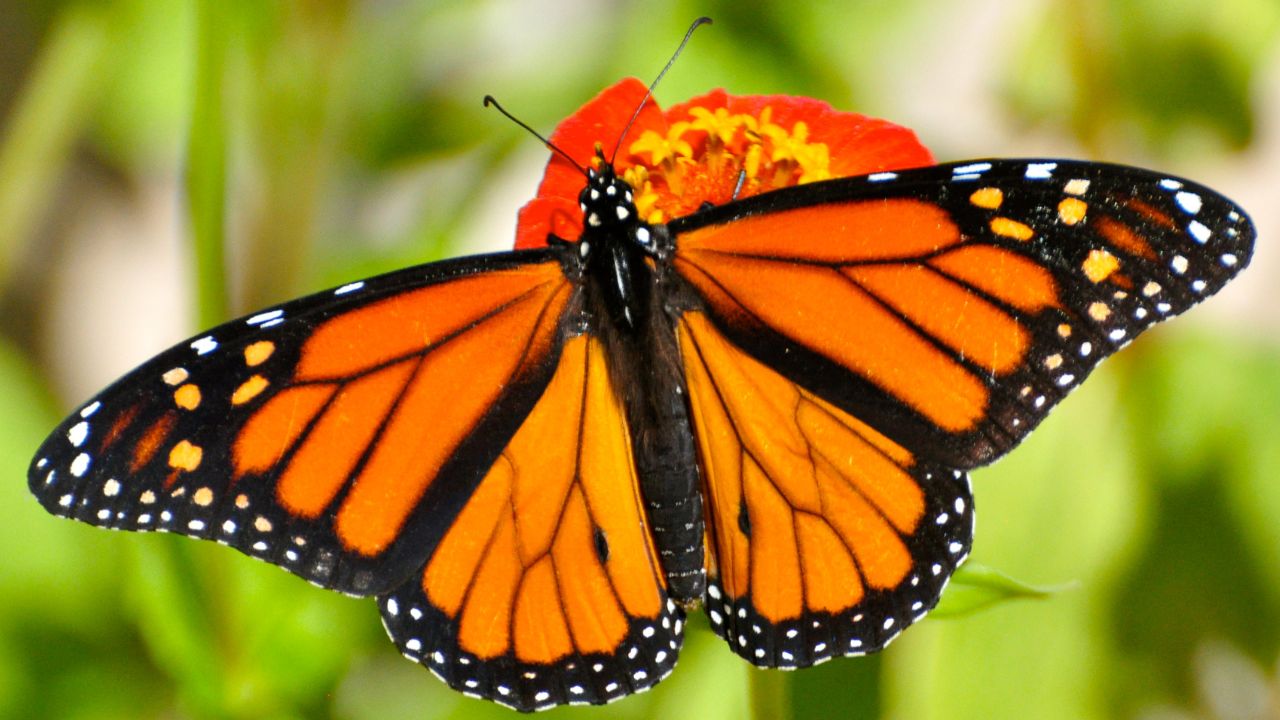
Butterflies, with their lightweight bodies and wide wings, can glide and flutter to slow down their descent. This ability significantly reduces their terminal velocity, making a fall from height non-lethal.
15. Tardigrades
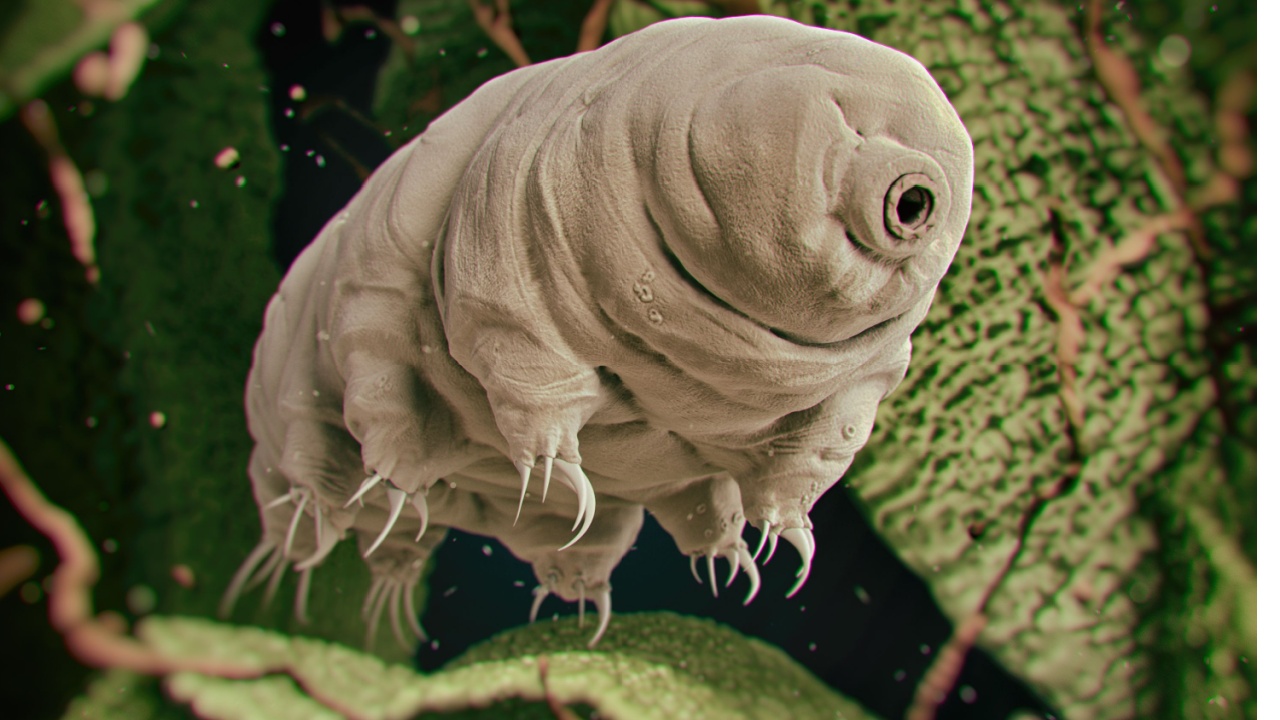
Although not known for falling from heights, tardigrades, or “water bears,” can survive extreme conditions, including the vacuum of space. Their resilience is unmatched, and though falling isn’t their typical threat, their ability to survive in extreme conditions suggests they’d manage just fine.
Becky is a fervent wildlife enthusiast and pet care expert with a diploma in canine nutrition. Her love for animals stretches beyond the domestic, embracing the wild tapestry of global fauna. With over a decade of experience in animal welfare, Becky lends her expertise to OutlandishOwl through insightful articles, captivating wildlife information, and invaluable guidance on pet nutrition. Her work embodies a deep commitment to understanding the intricate lives of animals and a passion for educating others on sustaining natural habitats. Becky's hands-on conservation efforts and her knack for translating complex dietary science into practical pet feeding tips make her an indispensable voice for creatures great and small.

